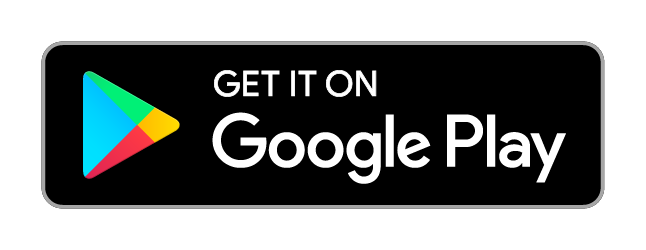The First High Day and What it Might Mean for Season 2022
Nov. 1, 2022
Melbourne's had its first high grass pollen day for season 2022, what might the rest of season look like?

October 31 was Melbourne’s first high grass pollen day of the 2022 season, just in time for Halloween.
And not only was it high in Melbourne, October 31 was also a high or extreme grass pollen day at most of the state’s pollen monitoring sites.
High and extreme grass pollen days are the worst days for people with hay fever and asthma.
If you thought that it’s a little late for the first high day, you'd be right. The first high day typically happens a week or two earlier that this. In fact, 2009 was the last season when the first high grass pollen day happened this late and it happened on October 31 in that year too.
November 10 is the latest the first high grass pollen day has happened. That was back in 2006.
So, what factors affect the timing of the first high day and does a late start tell us anything about what the rest of the season has in store?
For instance, could a late start mean there'll be fewer high grass pollen days ahead?
Let's look at the relationship with rainfall, because how much rain there's been has a major impact on the size of the grass pollen season.
The plot on the left shows the date of the first high grass pollen day against total rainfall for the year. The red dot is the 2022 season.
As the year’s not over, I’ve used 2021’s total rainfall to plot 2022’s value. Both are La Nina years and the accumulated rainfall graphs are so far looking very similar to each other.
I’ve also added a line of best fit to the plot to show the data's overall trend. The line slopes downward to the right, meaning there’s a tendency towards an earlier first day in wetter years and a later first day in drier years.
But it’s not a particularly strong tendency and there are examples of dry years with an early start and wet years with a late start.
Does a late start mean there won't be as many high grass pollen days this year?
The plot on the right shows how things are tracking this season.
The dark blue line shows the cumulative grass pollen curve for the 2022 season. This is obtained by adding each day’s value to the sum of all previous days from October 1.
The green line shows the cumulative grass pollen curve for 2021 and the dotted line is Melbourne’s 30 year average.
The 2022 season curve is below both the 2021 and average season curves.
Could this below-average trend continue for the rest of the season?
Sadly, that’s not very likely. Although the first high grass pollen day is typically sometime in mid-October, only around 12% of all high and extreme days occur in this month.
Around half of each season’s high and extreme days are in November, and the rest are in December.
So, although 2022 is off to a slow start, it still has plenty of time to catch up with the field.
We’re still looking at an average grass pollen season across southern Victoria and a heavier-than-average season across northern Victoria.
For Melbourne, that could mean around 20 high or extreme grass pollen days between now and the end of the year.
We might even see a run of these days starting on the weekend and continuing into next week.
So download the Melbourne Pollen app to stay up-to-date with the latest pollen forecasts.
We’ll keep track of the developing grass pollen season and be back in a few weeks with our mid-season update.


